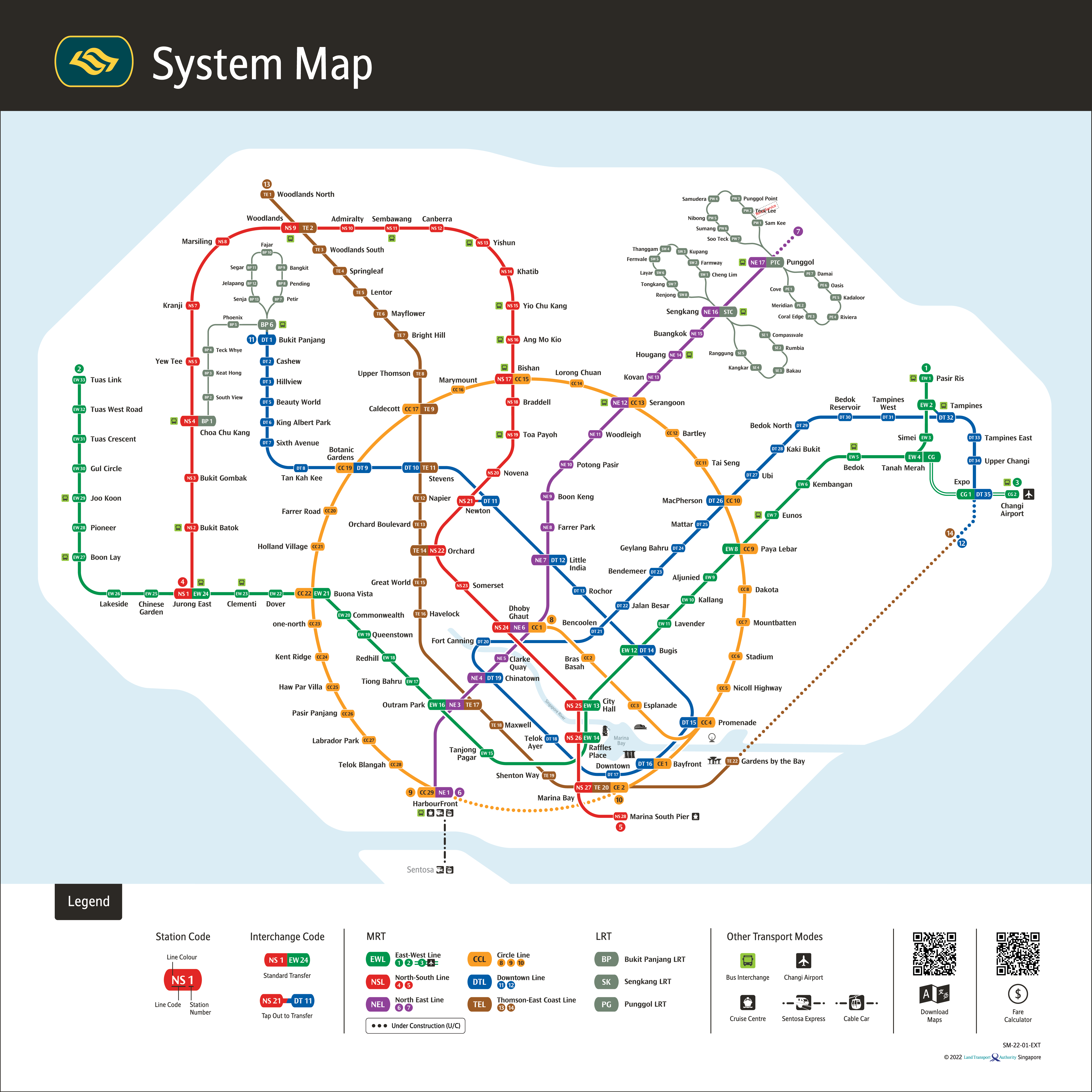Show the code!
# initialise a dataframe of our aspatial and geospatial dataset details
datasets <- data.frame(
Type=c("Aspatial",
"Geospatial",
"Geospatial",
"Geospatial",
"Geospatial",
"Geospatial",
"Geospatial",
"Geospatial",
"Geospatial",
"Geospatial",
"Geospatial",
"Geospatial - Selfsourced",
"Geospatial - Selfsourced"),
Name=c("Resale Flat Prices",
"Singapore National Boundary",
"Master Plan 2019 Subzone Boundary (Web)",
"Eldercare Services",
"Hawker Centres",
"Supermarkets",
"Parks",
"Childcare Services and Kindergartens",
"Community Health Assistance Scheme (CHAS) Clinics",
"Bus Stop Locations Feb 2023",
"Shopping Mall SVY21 Coordinates",
"MRT Locations Feb 2023",
"Primary Schools"),
Format=c(".csv",
".shp",
".shp",
".shp",
".kml",
".kml",
".kml",
".kml",
".kml",
".shp",
".csv",
".xlsx",
".xlsx"),
Source=c("https://data.gov.sg/dataset/resale-flat-prices",
"https://data.gov.sg/dataset/national-map-polygon",
"From Prof Kam In Class Ex 9",
"https://data.gov.sg/dataset/eldercare-services",
"https://data.gov.sg/dataset/hawker-centres",
"https://data.gov.sg/dataset/supermarkets",
"https://data.gov.sg/dataset/nparks-parks-and-nature-reserves",
"https://dataportal.asia/dataset/203030733_pre-schools-location",
"https://dataportal.asia/ne/dataset/192501037_chas-clinics/resource/21dace06-c4d1-4128-9424-aba7668050dc",
"https://datamall.lta.gov.sg/content/datamall/en/search_datasets.html?searchText=bus%20stop",
"https://github.com/ValaryLim/Mall-Coordinates-Web-Scraper",
"https://www.lta.gov.sg/content/ltagov/en/getting_around/public_transport/rail_network.html",
"https://www.moe.gov.sg/about-us/organisation-structure/sd/school-clusters"
)
)
# with reference to this guide on kableExtra:
# https://cran.r-project.org/web/packages/kableExtra/vignettes/awesome_table_in_html.html
# kable_material is the name of the kable theme
# 'hover' for to highlight row when hovering, 'scale_down' to adjust table to fit page width
library(knitr)
library(kableExtra)
kable(datasets, caption="Datasets Used") %>%
kable_material("hover", latex_options="scale_down")| Type | Name | Format | Source |
|---|---|---|---|
| Aspatial | Resale Flat Prices | .csv | https://data.gov.sg/dataset/resale-flat-prices |
| Geospatial | Singapore National Boundary | .shp | https://data.gov.sg/dataset/national-map-polygon |
| Geospatial | Master Plan 2019 Subzone Boundary (Web) | .shp | From Prof Kam In Class Ex 9 |
| Geospatial | Eldercare Services | .shp | https://data.gov.sg/dataset/eldercare-services |
| Geospatial | Hawker Centres | .kml | https://data.gov.sg/dataset/hawker-centres |
| Geospatial | Supermarkets | .kml | https://data.gov.sg/dataset/supermarkets |
| Geospatial | Parks | .kml | https://data.gov.sg/dataset/nparks-parks-and-nature-reserves |
| Geospatial | Childcare Services and Kindergartens | .kml | https://dataportal.asia/dataset/203030733_pre-schools-location |
| Geospatial | Community Health Assistance Scheme (CHAS) Clinics | .kml | https://dataportal.asia/ne/dataset/192501037_chas-clinics/resource/21dace06-c4d1-4128-9424-aba7668050dc |
| Geospatial | Bus Stop Locations Feb 2023 | .shp | https://datamall.lta.gov.sg/content/datamall/en/search_datasets.html?searchText=bus%20stop |
| Geospatial | Shopping Mall SVY21 Coordinates | .csv | https://github.com/ValaryLim/Mall-Coordinates-Web-Scraper |
| Geospatial - Selfsourced | MRT Locations Feb 2023 | .xlsx | https://www.lta.gov.sg/content/ltagov/en/getting_around/public_transport/rail_network.html |
| Geospatial - Selfsourced | Primary Schools | .xlsx | https://www.moe.gov.sg/about-us/organisation-structure/sd/school-clusters |



